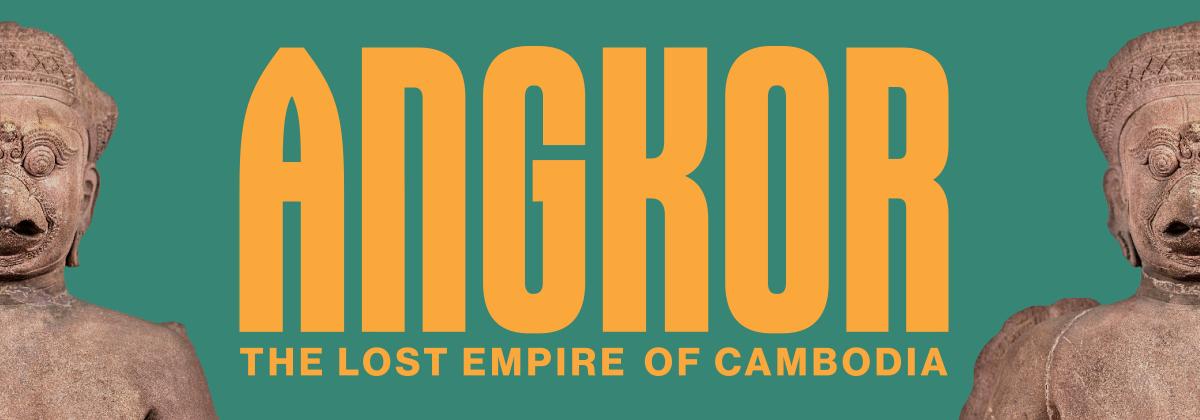The Angkor Empire, once the preeminent cultural and political hub of Southeast Asia, encapsulates the grandeur and complexity of civilization. This remarkable societal construct, which thrived between the 9th and 15th centuries, primarily in what is modern-day Cambodia, presents an alluring tapestry woven from the rich threads of cultural interrelations and spiritual pursuits. As contemporary scholars venture into the perplexities of Angkor, a cultural relativism perspective emerges as a critical lens through which to appreciate its enduring legacy.
Cultural relativism posits that a society’s values and practices can only be understood within its own cultural context. This framework is particularly relevant when exploring Angkor, as the empire was a crucible of indigenous traditions, foreign influences, and spiritual practices that coalesced into a unique societal identity. Each facet of Angkor—from architectural feats to religious milestones—offers a window into the cultural ethos of its time, illuminating how the Khmer civilization viewed its world and its place within it.
1. The Architectural Marvels of Angkor
At the heart of Angkor’s allure is its breathtaking architecture. Temples such as Angkor Wat and Bayon epitomize a monumental endeavor that illustrates both artistic ambition and religious devotion. The construction of Angkor Wat, originally dedicated to the Hindu god Vishnu, epitomizes the zenith of Khmer architecture through its intricate bas-reliefs and expansive moats. Each stone laid bears witness to a cultural narrative embedded with symbolism and religious significance.
The temple’s design reflects cosmological principles, representing the axis mundi or the World Axis. This alignment with the cosmos embeds the structure with transcendental meaning, signifying the interconnectedness that governed the Khmer worldview. By decoding these architectural marvels through a culturally relative lens, one appreciates how Angkor’s creations are not merely physical edifices but are imbued with meaning that underscores Khmer beliefs about spirituality, divinity, and human existence.
2. The Religious Syncretism of Angkor
Another compelling aspect of Angkor is its religious syncretism. To fully grasp the significance of this phenomenon, it is essential to recognize the dynamics between Hinduism and Buddhism as they evolved within the Khmer Empire. Initially, Hinduism, particularly in its Shaivite and Vaishnavite forms, dominated, influencing art and governance. However, from the 13th century onward, Buddhism began to pervade, subtly infusing its philosophies into the existing Hindu framework.
The resulting intermingling of beliefs is manifested in the architectural and iconographic richness of Angkor’s temples. Statues and carvings depict deities from both religious traditions, showcasing a cultural tapestry that celebrates multiplicity rather than uniformity. This confluence reflects a broader tendency toward cultural adaptation, illustrating how the Khmer people navigated their spiritual landscape, prioritizing coexistence and synthesis over exclusivity. This context encourages understanding Angkor not through dichotomous frameworks of ‘us’ versus ‘them’, but through the lens of cultural negotiation and hybridization.
3. Economic and Agricultural Innovations
The viability of Angkor as a bustling empire can be attributed to its sophisticated agricultural and economic systems. The intricate hydraulic engineering, characterized by an expansive network of canals, reservoirs, and rice paddies, underscores the ingenuity of the Khmer civilization. By enhancing agricultural production, these hydraulic systems allowed for sustained population growth, thus supporting urban expansion and economic diversification.
Within this ecological framework, one can discern the cultural ethos of Angkor’s inhabitants, who exhibited a profound understanding of their environment. They harnessed water management not merely as a means of survival but as a reflection of their harmony with nature. This resourcefulness reveals an intercultural dialogue between society and environment, emphasizing the importance of sustainability long before modern ecological discourse. Such insights challenge contemporary views and serve as a testament to the advanced understanding of resource management in pre-modern societies.
4. Artistic Expression and Its Societal Implications
Artistic practices in Angkor are another area warranting exploration through cultural relativism. The extensive array of sculptures, friezes, and mural paintings not only captures mythological narratives and historical events but also embodies the societal values and ideologies prevalent during the empire’s zenith. The representation of daily life, religious rituals, and royal grandeur in artistic forms creates a visual lexicon that conveys the aspirations and anxieties of the Khmer civilization.
The attention to detail in the artistry reveals a culture that cherished beauty and complexity. The themes explored in the art suggest a reflection on the human condition, articulating a sense of identity and community. The portrayal of deities, dancers, and everyday interactions serves to reinforce societal norms while simultaneously providing insight into the spiritual and secular dimensions of life in Angkor.
5. Legacy and Reinterpretation in the Contemporary Context
Today, Angkor’s legacy continues to resonate, inviting reinterpretation through the prism of cultural relativism. As Cambodia grapples with its past, particularly the shadows cast by colonialism and the Khmer Rouge regime, the Angkorian heritage serves as a source of national pride and cultural revival. The temples, emblematic of resilience, stand as testaments to the cultural identity that persists despite historical upheavals.
Moreover, the tourism industry surrounding Angkor has evolved into a complex interplay between preservation, commercialization, and cultural identity. This raises critical questions regarding ownership, representation, and the role of outsiders in interpreting Khmer heritage. Understanding these dynamics through a culturally relative perspective is vital, as it emphasizes the importance of local voices in narrating their history and safeguarding their cultural treasures.
In conclusion, the exploration of Angkor through the lens of cultural relativism reveals a multifaceted perspective that transcends simplistic narratives. It encourages an appreciation of the empire not solely as a historical anomaly but as a rich cauldron of cultural exchange and resilience. By situating Angkor within its own historical and cultural continuum, one gains profound insights into the complexities that shaped one of the most remarkable empires in Southeast Asia, thereby illuminating the enduring relevance of its legacy in contemporary discourse.
